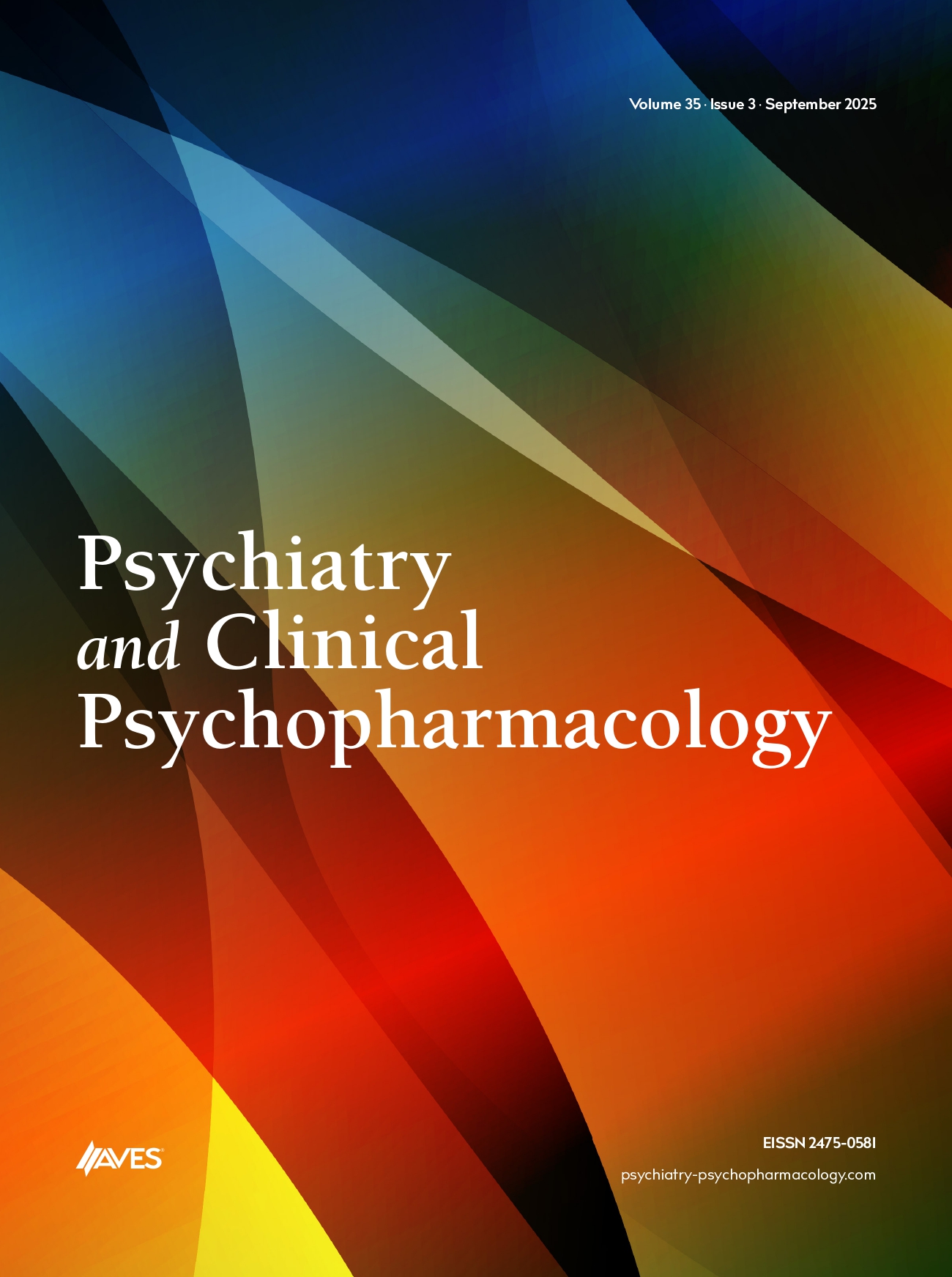In this poster, we aimed to present a patient, who has corpus callosum agenesis and displaying academic problems, attention difficulties and hyperactivity. We reviewed the literature and compared with the information of the patient who has been followed by our clinic. A 9-year-old boy patient with academic underachievement and attention difficulties was brought by his family to our clinic. Reading and writing skills were observed as normal however; his level of numeracy skills is significantly inadequate for his age and education. Difficulties at verbal expression skills, perceptual problems, short attention span and memory problems were observed. Ophthalmological and auditory examinations are performed in order to exclude related disorders. Patient has been found as normal intelligence, the difference of 30 points between verbal scores and performance scores were found in the WISC-R test. It is thought that corpus callosum has roles at electrophysiological and the sensory-motor development, perception and motor function, speech and speech disorders and to have functions in interhemispheric connections. Corpus callosum abnormalities are one of the most common structural abnormalities in the brain tissue. Callosal dysgenesis or agenesis, as can be seen in children with no symptoms can be seen in major problems are indicated. Have a short attention span, memory problems, problems in verbalization, cognitive disorders, dyspraxia, writing and reading problems may occur. We diagnosed specific learning disability in this patient with corpus callosum agenesis. This co-occurrence can be additional information for literature.


.png)
.png)